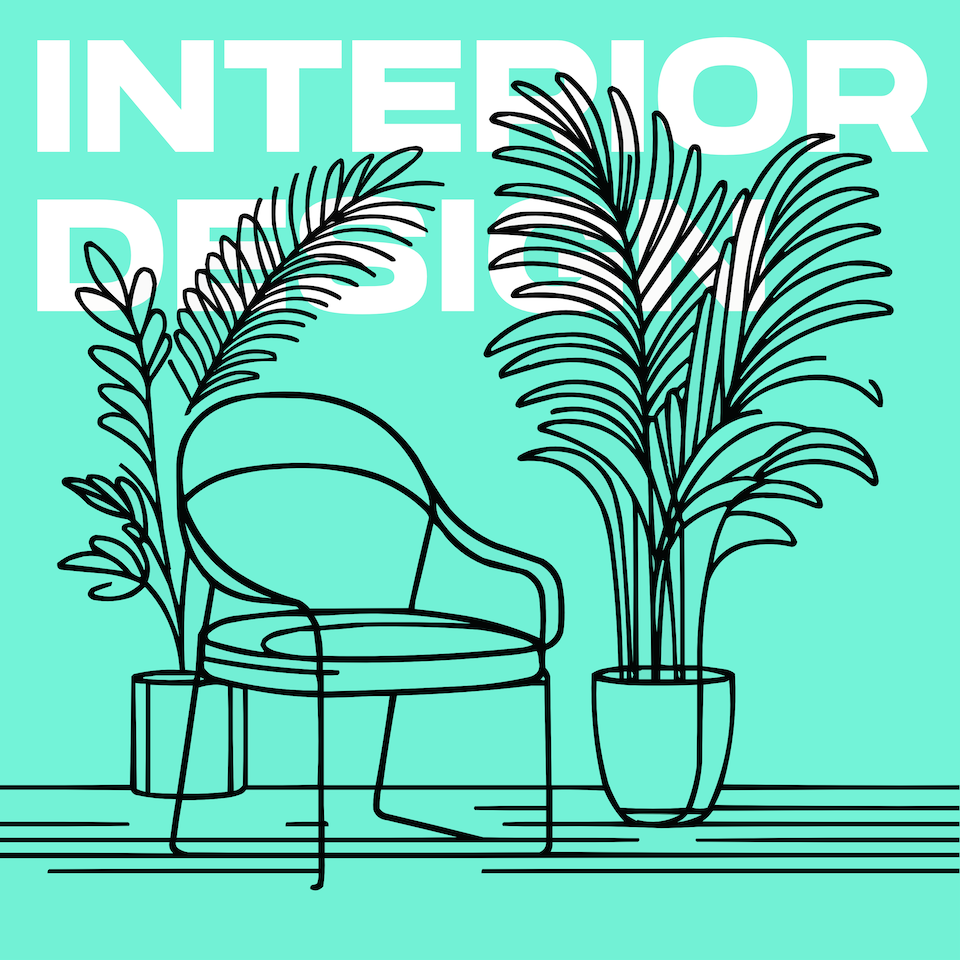Embracing the Art of Visual Flow: A Guided Journey Through Your Space
Hello, and welcome to another episode of "Interior Design for Beginners." Today, we are embarking on a fascinating journey through the concept of visual flow in interior design. Visual flow, often referred to as the invisible guide that leads the eye through a space, is a crucial element in creating a harmonious and cohesive environment. It’s the subtle art of guiding the viewer's gaze from one area to another, seamlessly linking spaces together and creating a narrative that speaks to the soul of your home. But why is visual flow so important? Think of your favorite book or movie. Just as a storyline guides you from one chapter or scene to the next, visual flow captivates your senses and draws you deeper into the world of your own home. It’s that magical element that makes a space feel unified, regardless of the style or the size of your room. It adds movement and life, shaking off the stillness and rigidity that can plague even the most beautifully decorated rooms. Let's start with the basics. At its core, visual flow is achieved through the thoughtful application of color, texture, and pattern. Consistency is key, but so is variety. A well-chosen color scheme can act as the red thread, leading the eye from room to room in a cohesive dance. However, too much of the same can lead to a monotone experience that loses its charm quickly. The trick is finding that sweet spot - a consistent theme with enough variation to maintain interest and excitement. Texture and pattern play a significant role in this dance as well. They add depth and layers to the visual experience, creating points of interest that invite the eye to linger. Imagine walking into a room with a plush velvet couch, a sleek marble coffee table, and a wall adorned with textured wallpaper; each element contributes to a continuous story, enveloping you in the experience. Now, here’s how you can start incorporating visual flow into your own home. Start with a blank canvas – your current space. Visualize how you move through it. Where does your gaze naturally fall? What captures your attention, and more importantly, what doesn’t? These observations are the foundation of creating a space that feels both intuitive and intentional. Begin by selecting a color palette that speaks to you. It could be subdued and neutral for a calming effect or vibrant and diverse for a more dynamic atmosphere. Use these colors as your guiding thread, weaving them through each room in various shades and tones. Next, consider the texture. Incorporate a mix of materials across furniture, decor, and textiles. The contrast between soft and hard, rugged and smooth, creates an engaging sensory experience that heightens the visual appeal. Lastly, don’t forget about the power of lighting. Lighting isn’t just about visibility; it's about mood, emphasis, and, yes, flow. A well-placed lamp or a strategically directed spot can highlight the elements you want to showcase, directing the observer's journey through your space. In conclusion, the art of visual flow is about making connections. It’s about guiding the eye in a way that feels both spontaneous and deliberate, creating a space that not only looks good but feels right. As you begin to embrace these principles, you’ll find that your home transforms into a more cohesive, engaging, and ultimately, a more welcoming space. Thank you for joining me on this journey through the art of visual flow in interior design, and until next time, keep exploring the endless possibilities of your space.
Brought to you by Room AI
